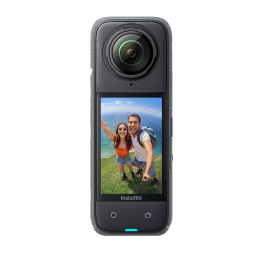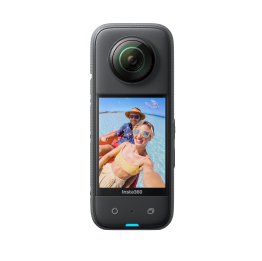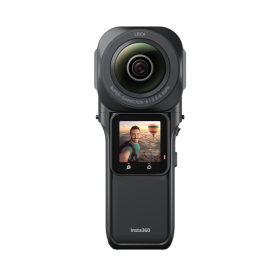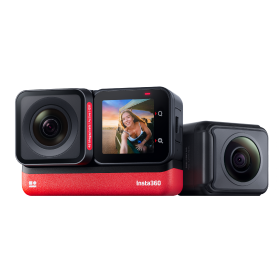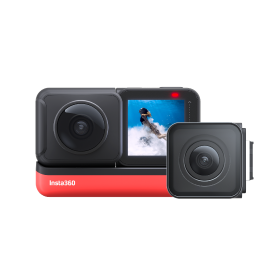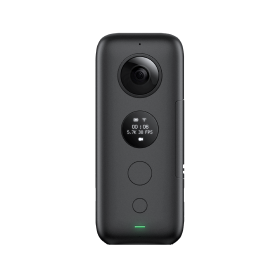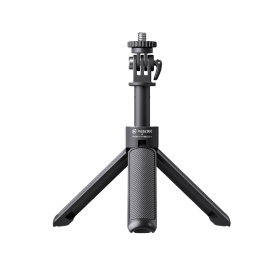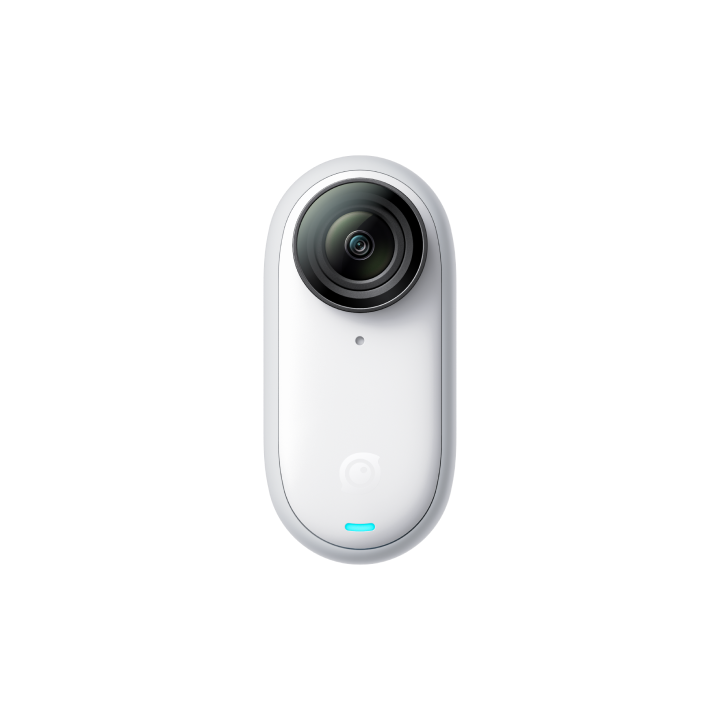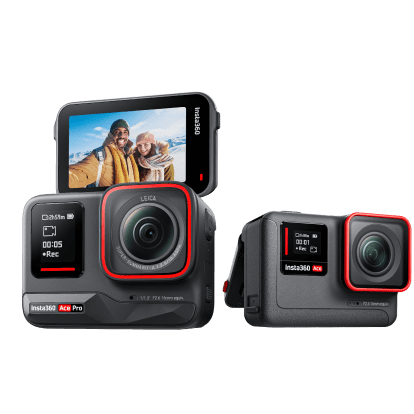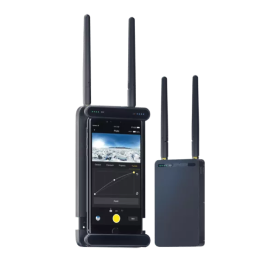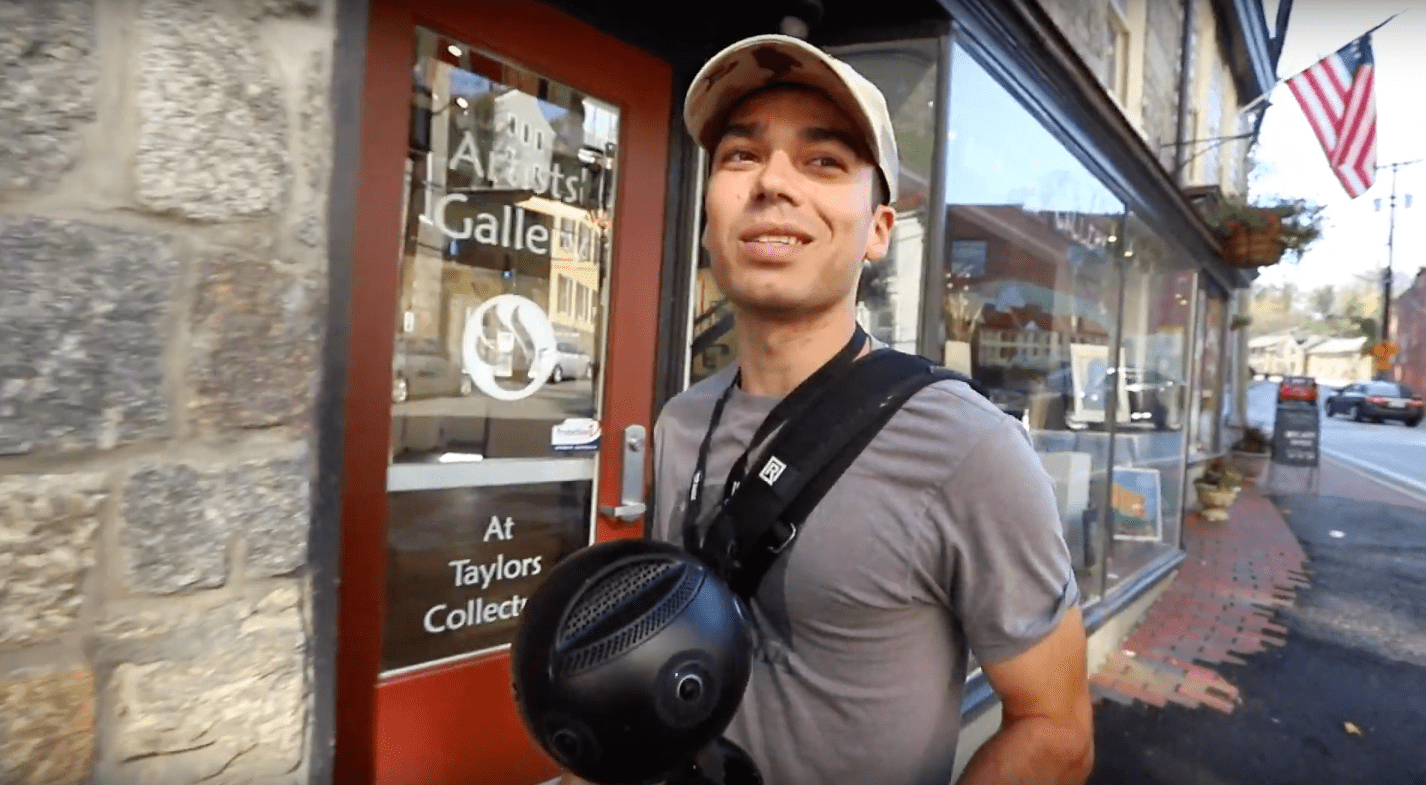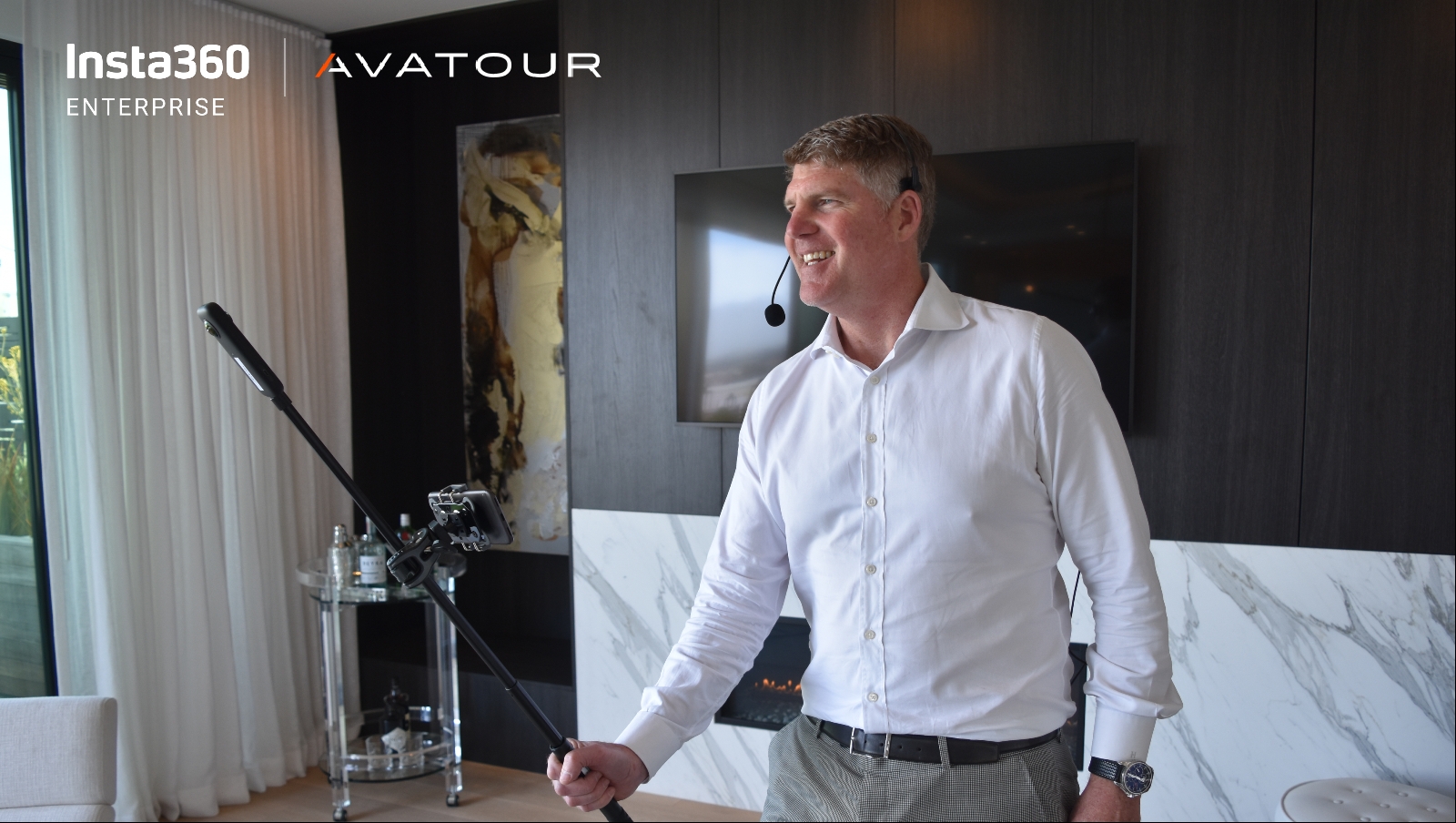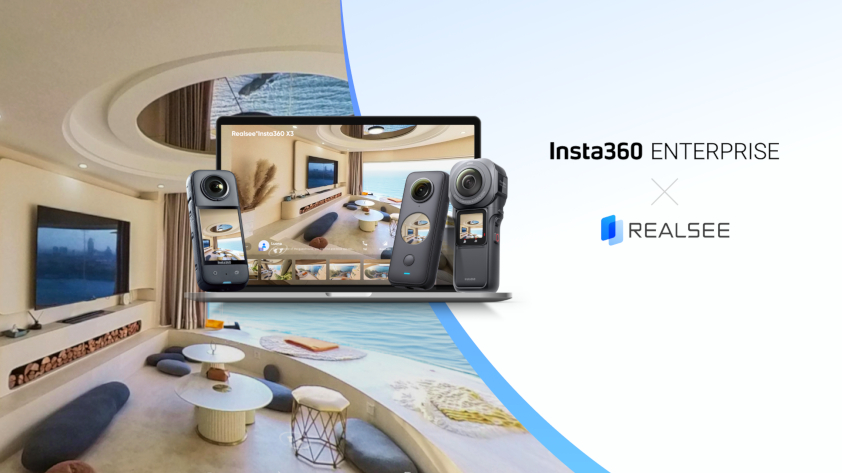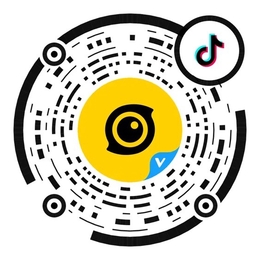A VR Documentary is a totally new form of photojournalism. They're newly charted territory and are proving to be brilliant forms of capture for immersing your viewers. In this piece, we dive into Ellicott City in 2018, to learn of the second "1-in-1000 year flood" that swept the city. The aftermath of which was captured by Josh Davidsburg and Aaron Rosa, on behalf of Philip Merril College of Journalism at the University of Maryland.
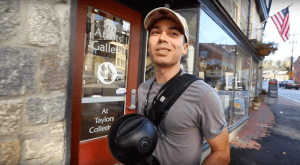
On the afternoon of May 27, 2018, Ellicott City, Maryland, USA suffered a catastrophic flood. Parts of Downtown were totally obliterated in up to 7 inches of rain water.
Josh and Aaron set it upon themselves to document the disaster, in a way that immerses viewers knee-deep. Their VR Documentary "After the floods; Rebuilding Ellicott City" was shot on Insta360 Pro. We interviewed them to better understand their creative process:
What made you choose to document the aftermath using a VR set-up?
Josh: I teach a class called Broadcast Innovation at the Philip Merrill College of Journalism, at the University of Maryland, College Park. We’ve embraced 360 video as a way to push the boundaries of journalism and reporting, and every semester, I have my students do at least two 360 mini-documentaries. This semester I knew that I wanted my students to do a story about the floods in Ellicott City and I had a masters student who has fully embraced 360 video, so marrying the two of them was a perfect fit.
What advantages do you see in filming a VR documentary over traditional methods to tell a story like this?
Josh:
"[VR] helps the audience not only understand the facts, hear the emotion, but feel what’s it like rebuilding Ellicott City."
This is the perfect story for VR and 360 video. It helps the audience not only understand the facts, hear the emotion, but feel what’s it like rebuilding Ellicott City. The people who live there have gone through a horrible event, are passionate about rebuilding and saving, using 360 video, we are able to put our viewers in their shoes. It creates an empathy you can’t convey in a traditional medium.
Where do you see this form of storytelling going?
Josh: I feel like 360 video is a really good place. There was an explosion of producers when the technology first became inexpensive but that has slowed down a little bit (which I think is a good thing). The New York Times started by doing a daily 360 video for a year and have since backed off. Now content producers are focusing on quality over quantity, which will help grow the medium in a sustainable way. On top of that, Oculus is producing cheaper, more manageable headsets, which is where the medium really shines. As more consumers embrace VR, the medium will grow.
Any tools or practices you took from traditional filmmaking into making this VR documentary? It’s particularly interesting how you used 3D models to help tell the story of the flood.
Josh: I’m going to hand the interview over to Aaron answer the next few questions, he’s the one who took my idea and ran with it. Did all of the shooting, editing and directing.
Aaron: The basics of storytelling don't change with your medium. In traditional 2D video, it is commonplace to use a map or aerial footage to orient the viewer to the environment. The 3D model of the city was an effective technique in the original YouTube video and I thought that impact could be enhanced in an immersive environment.
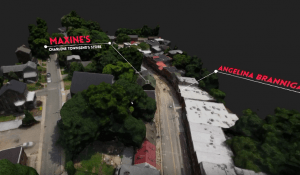
For the first time I could take a viewer to a location and point out key locations with an integrated sense of scale and dimension. The use of the models made me realize that to innovate in this field you have to learn about many fields, from videography to computer animation. I'm a journalist by trade, but I found myself watching tutorials on environment building in Unity, Blender, and Unreal Engine. I think immersive storytelling will only grow more compelling as people bring their own unique backgrounds and put their twist on this new medium in thought provoking ways. Listen to the latest superhero movies and think about the advances brought by countless audio engineers since the first talking picture, the Jazz Singer.
Where there any standout features of the Pro that helped make your job easier or more effective?
"Being able to get a head start on stitched footage is crucial."
Aaron: The stitching box and compatibility with the Zoom H2N are by far my favorite features. I personally prefer to edit in Final Cut, so being able to get a head start on stitched footage is crucial. After shooting I will set the footage to stitch on the camera via a hotspot in my car, freeing up my computer's processor to edit the photos or text that would accompany my 360 video story.
Being able to have quality sound recorded directly to the video tracks in a huge time saver. Gone are the days of syncing sound with a clap board, and the simple procedure of connecting the microphone via USB means I can get my rig set up in a minimal amount of time, a crucial ability when covering journalism projects.
What tips could you give to budding filmmakers starting out in VR?
Aaron: Don't rely solely on VR as your story. "Wow" factor fades, but what really stays in the audience's mind is a quality story. Realize that stories require different tools: good writing, quality sound, emotionally engaging interviews and original source footage bring the viewer in, allowing the impact of VR to create an indelible impression.
Be creative! Try animations! 2D photos! Videos! Drone footage! Animated graphics! The world is yours for the taking. In a YouTube video I saw a 3D model created from post-flood drone footage, I thought it would be interesting to view that in 3D 360, so I emailed the company who was willing to send me the .obj file for me to eventually figure out how to convert into a top over bottom stereoscopic 360 environment in Blender.
What difficulties did you encounter when filming or producing the piece?
Aaron: When working with high density files like 6k, especially stereoscopic, processing power is at a premium. Even using a 16gb MacBook Pro with a Radeon 560 Pro graphics card, creating the After Effects scenes to place into the piece was extremely processor intensive. Again, finding a creative solution, I decided to only render a single frame of this environment to add to the video, drastically cutting down on export time.
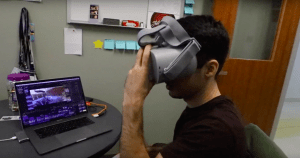
File sizes are an equally significant problem. The Final Cut project library alone was well over 150gb for a 5 minute video. Knowing the technical limitations of read/write speeds for hard drives, having a set file workflow, and backup storage plan is key. My footage recorded directly to a Samsung SSD plugged into the camera and stitched to the same drive. Only the stitched footage was transferred to a different drive for editing, and FCPX edited directly from that drive. Draft exports were immediately uploaded to YouTube for space conservation, with the exported file deleted once YouTube confirmed the processing.
Filming a VR documentary is simpler than ever. The Insta360 Pro series empowers creators like Aaron and Josh to create stunning photojournalism, and compelling pieces.
Keen to keep up to date on Insta360 stories? Keep an eye on our blog and sign up for our mailing list. You can also contact our Enterprise team directly to see how 360 cameras can benefit your business.
